How Much Do Doctors Actually Make?
Stop relying on the average doctor salary. We break down the pay difference between specialties and how RVUs & procedures impact your compensation.
There’s a massive difference in how much doctors make, up to $500,000 a year, based on your specialty choice alone. Let’s break down what doctors actually make and what career decisions impact pay.
So, how much does an average doctor in the US make in a year? The most recent data puts the average doctor’s salary in the US at around $374,000.
But here’s the problem: that number doesn’t actually tell you much about what you could end up making as a doctor. It’s like saying the average temperature between Alaska and Hawaii is 50 degrees Fahrenheit. Sure, it’s technically accurate, but it tells you nothing about what to actually expect when you step outside. That single number masks an extreme difference in pay within the medical profession—over half a million dollars between the lowest- and highest-paid specialties. A pediatric endocrinologist might pull in around $230,000, while a neurosurgeon can average a staggering $749,000.
So the real story isn’t that average. It’s in the massive variation between specialties, and what drives those differences.
The first major divide in doctor compensation comes down to this: Do you perform procedures? Doctors get paid through RVUs, or Relative Value Units. Medicare and insurance companies use RVUs to determine how much physicians should be reimbursed for their services.
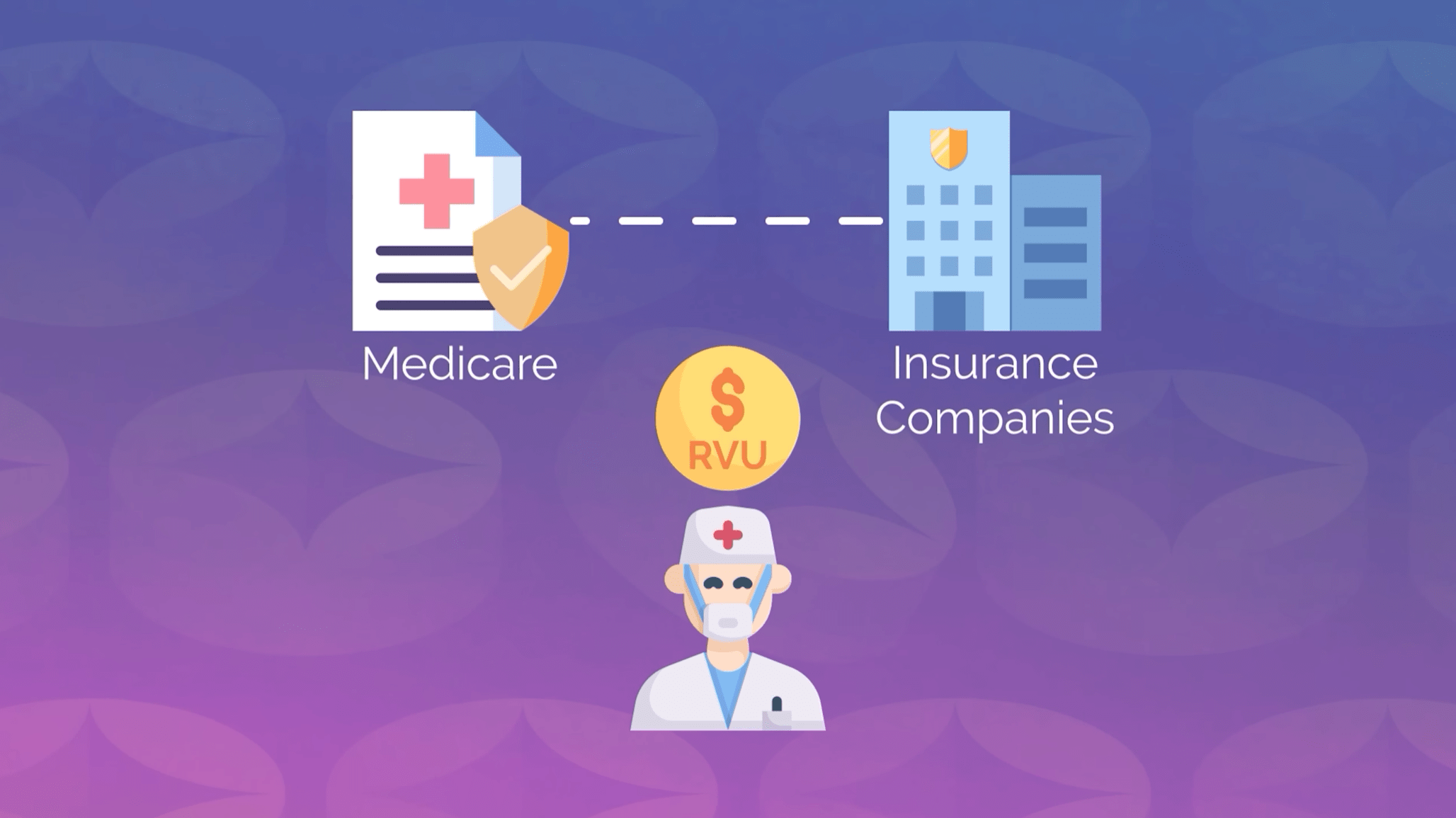
Take two doctors spending one hour working: An internal medicine physician generates approximately 3.5 RVUs, translating to about $116 in reimbursement. Meanwhile, a surgeon operating for that same hour generates around 10 RVUs, bringing in about $333. That’s an immediate $217-per-hour difference for the same amount of time worked.
The system rewards procedures over office visits. This is precisely why surgical and procedural specialties dominate the highest-paid list. We covered how RVUs work in detail in a previous video, so check it out if you want to know more.
The next factor that impacts doctor pay is specialization. All doctors in the US need to complete a 3 to 7-year residency after medical school, but they can choose to specialize further.
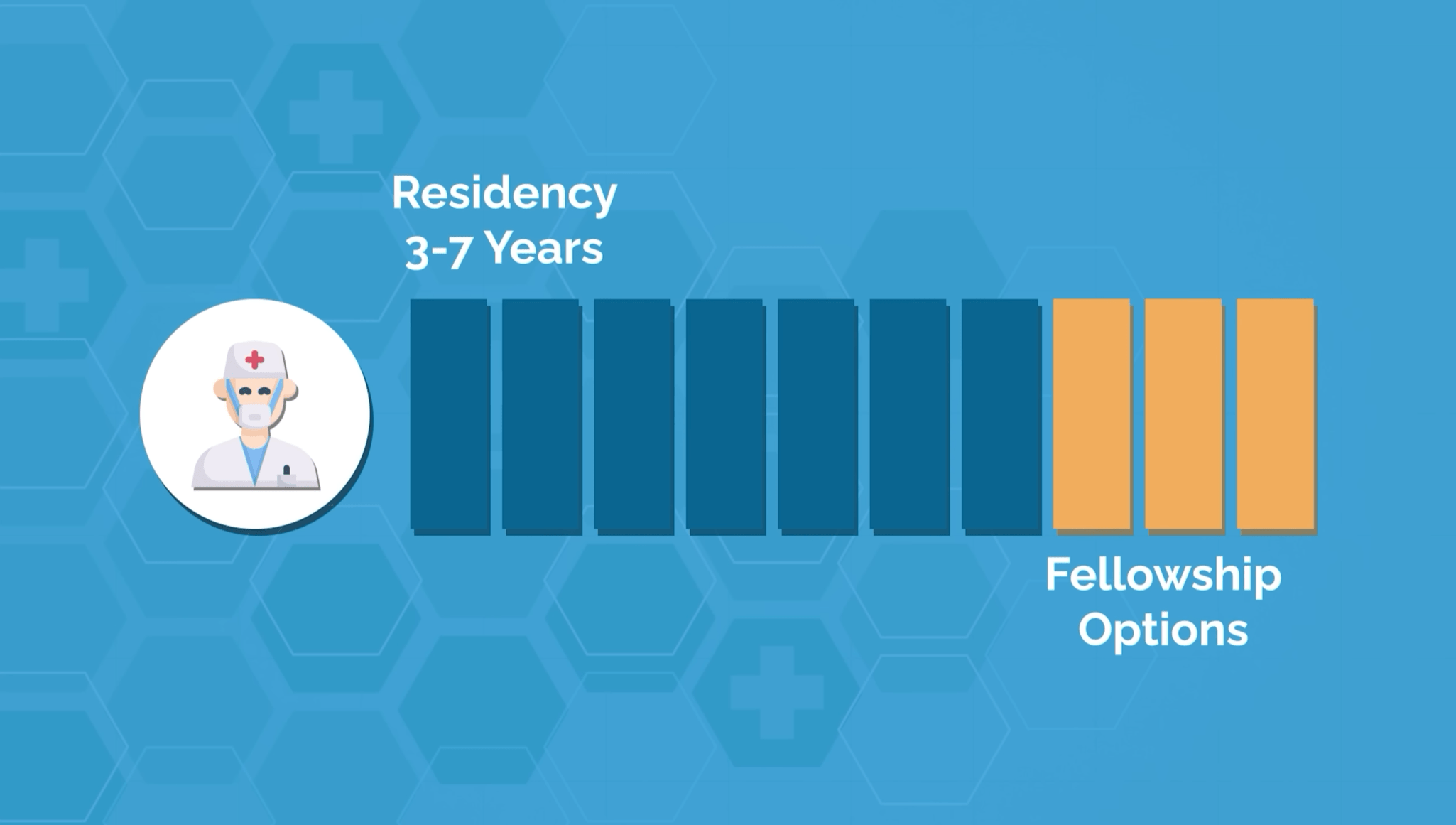
For example, take internal medicine. You can complete an internal medicine residency in 3 years and become a physician, earning an average of $326,000 per year. Or you can further train with a three-year cardiology fellowship and make $587,000 a year as a cardiologist.
In general, the more you train, the more you’ll be paid, but there are exceptions. Endocrinology is a subspecialization of internal medicine that requires two additional years of fellowship training. But despite the extra years, the average endocrinologist only makes $291,000, over $30,000 less than the average IM physician.
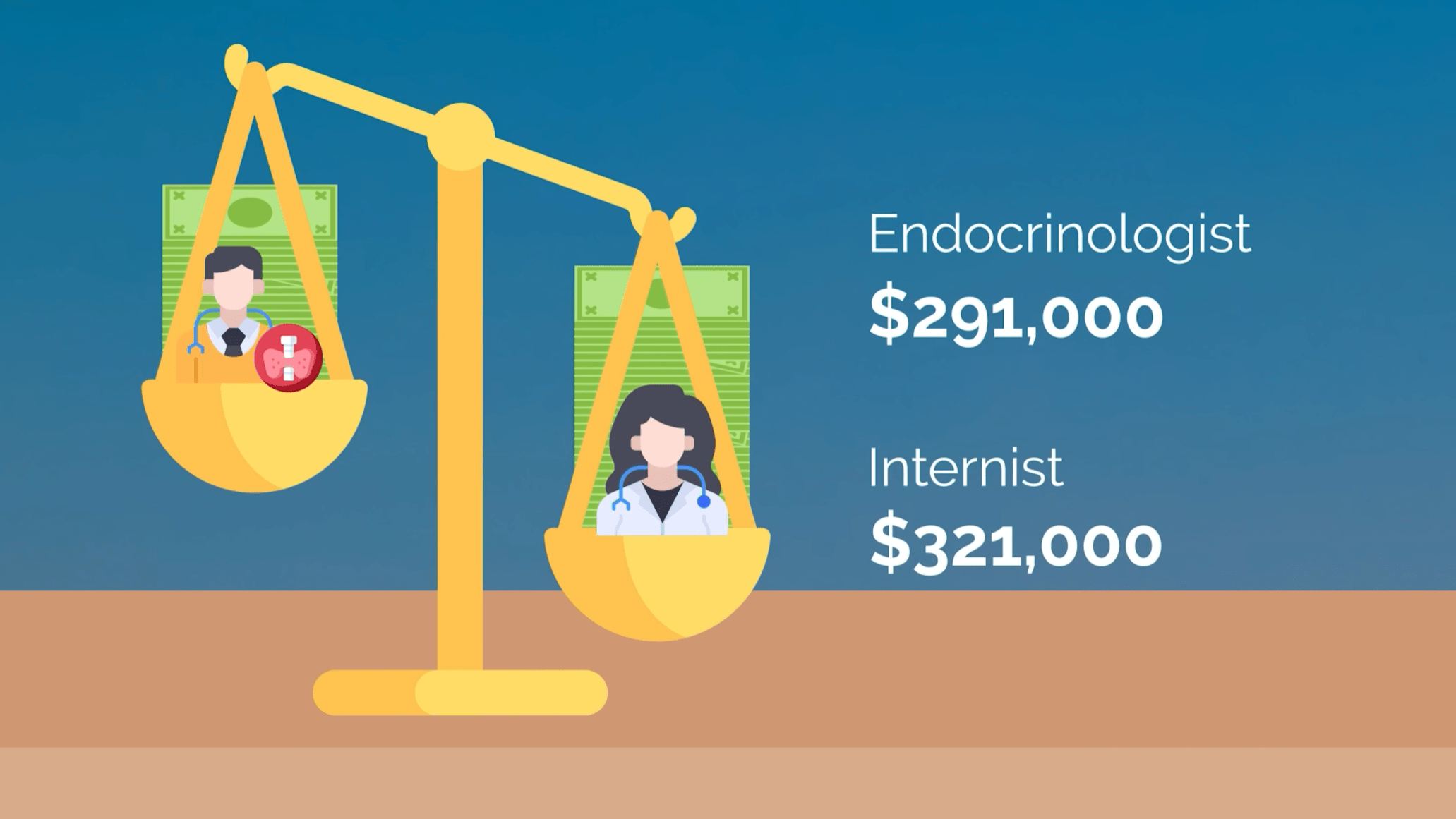
In previous videos, we’ve covered the subspecialty options of internal medicine, surgery, radiology, anesthesiology, and more. Check out that playlist here.
Another exception is pediatric fields, which can have longer training periods, yet result in lower pay. Again, this is due to RVUs. Since children are naturally more resilient and quicker to bounce back than adults, they require fewer procedures, which means pediatricians generate fewer RVUs. Hospitals make less money from children, which results in doctors being paid less.
Now, let’s look at the broad salary spectrum across the highest- and lowest-paying specialties.
Excluding pediatric subspecialties, medical genetics ranks last at $260,000 per year. General pediatricians make $265,000 a year. Endocrinology is next at $291,000. Family medicine is also one of the lowest paid at $319,000.
Other popular specialties that round out the middle include psychiatry at $342,000, as talk therapy simply doesn’t generate RVUs like procedures do. Even with its high-pressure environment and unpredictable hours, emergency medicine has an average salary of $411,000.
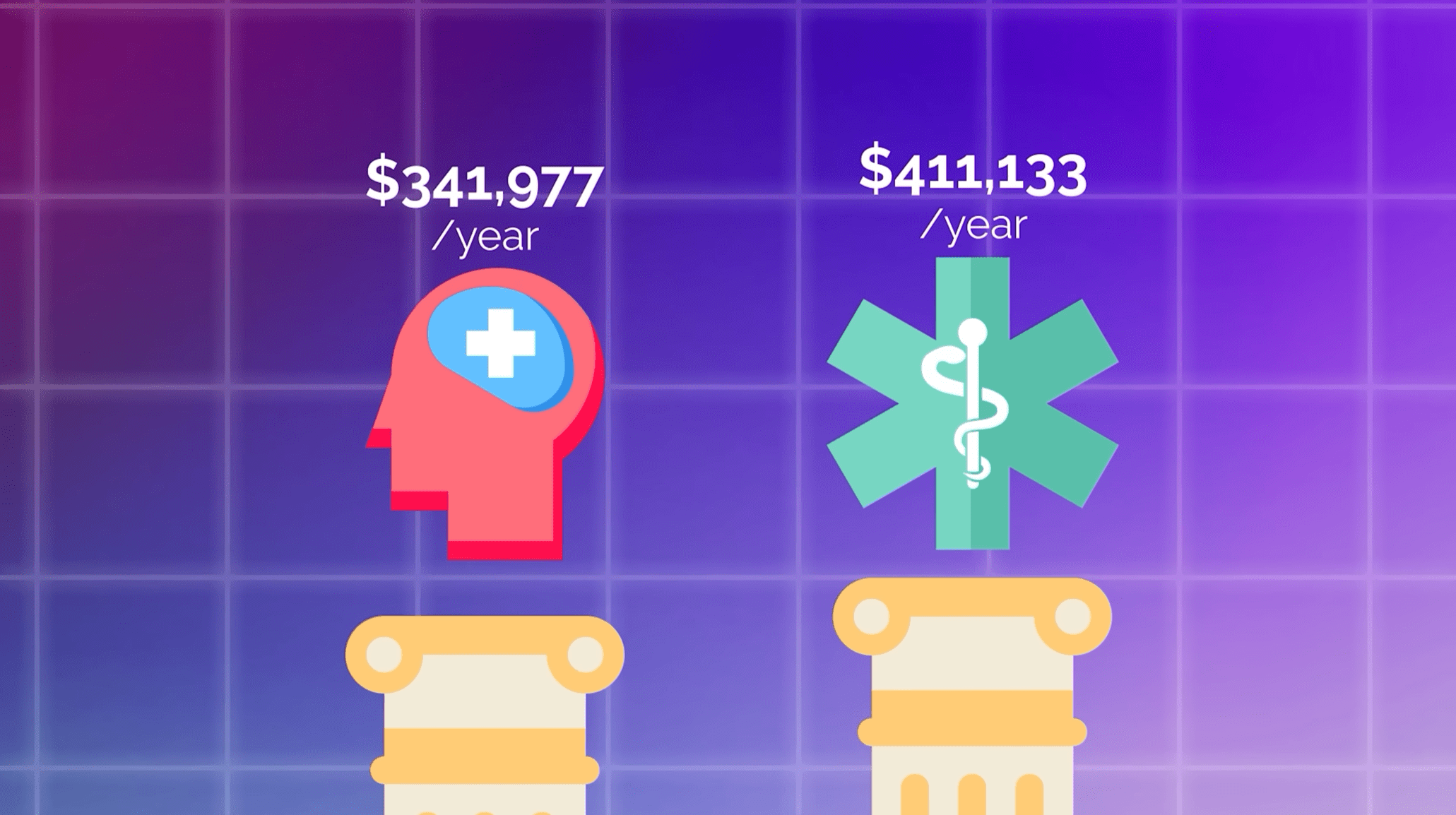
But as we move into surgical and procedural specialties, the numbers jump significantly. Dermatology pulls in $508,000. Plastic surgery hits $621,000. Thoracic surgery is the second highest at $690,000. These surgeons operate on the heart, lungs, and esophagus, performing complex cardiac procedures that are life-or-death.
And at the very top is neurosurgery, averaging $749,000. But to become a neurosurgeon, you’re looking at seven or more years of residency training after medical school. And not only that, neurosurgeons also have some of the worst work-life balance in medicine. As they say, neurosurgeons make the most money, but they have no time to spend it.
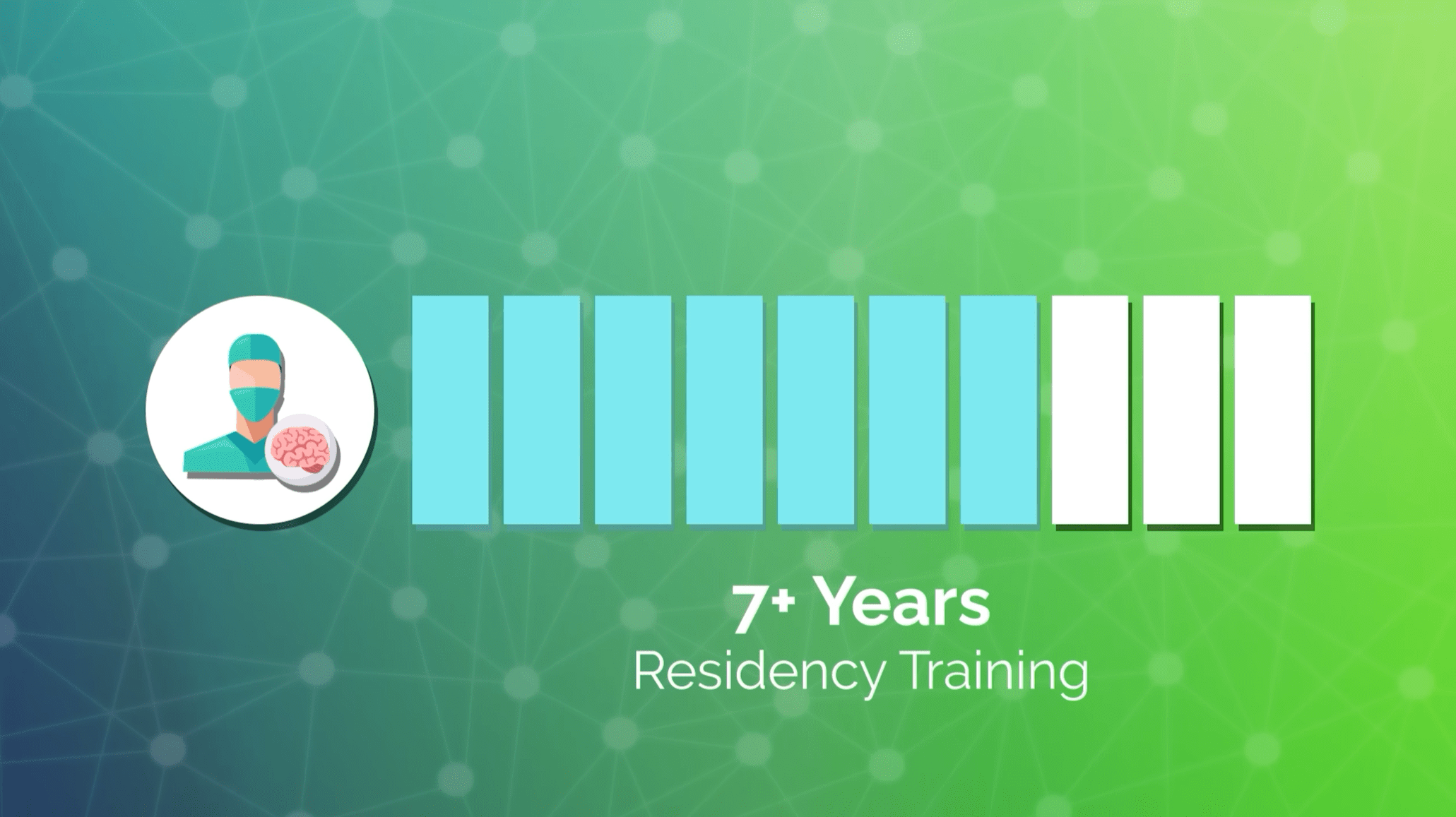
While compensation may impact your specialty decision, it shouldn’t be one of the top factors you consider. What’s more important is that you actually like the work and can handle the day-to-day of a career that will span decades.
Are you unsure which specialty is the best fit for you? I recommend SpecialtyQuiz.com. It’s a free quiz that matches your preferences, skills, and interests to the doctor specialties that best suit you.
There’s one more piece of the puzzle that can shift your salary: your practice type.
There are three main options: academic medicine, community or hospital-employed positions, and private practice.
Academic medicine typically pays the lowest. When you’re researching and teaching students, you have less time for clinical work, which means fewer RVUs are generated. The trade-off is more job security and benefits.
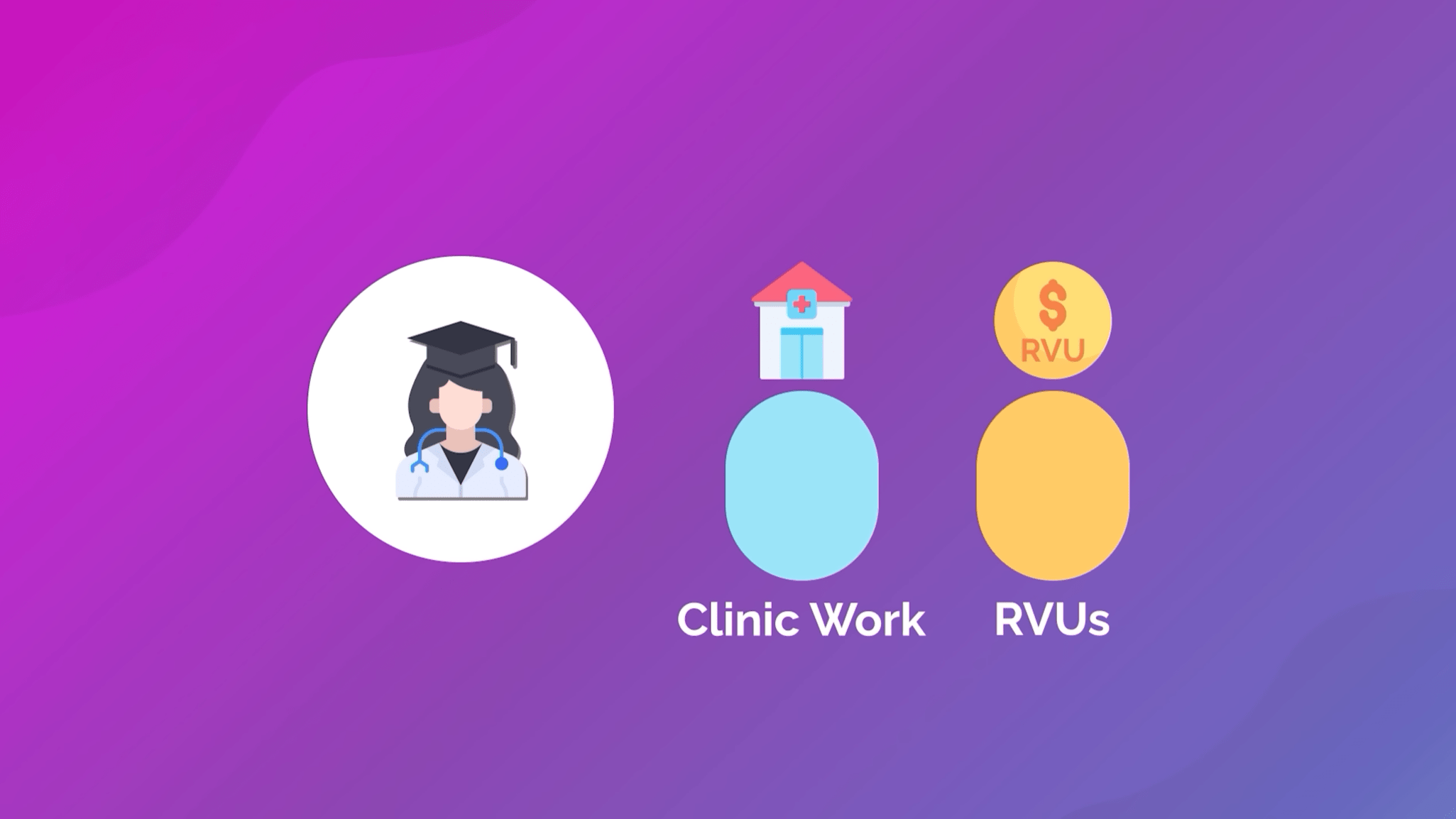
Hospital-employed positions fall in the middle, as you get a stable salary, benefits, and a predictable schedule. There’s no financial risk, but there’s also limited upside.
Private practice pays the most. You’re the boss, and you keep what you generate. This is precisely why specialties like plastic surgery and dermatology can be so lucrative. Many of these doctors run private practices focused on high-margin procedures that aren’t limited by insurance reimbursement rates.
While practice type does influence compensation, the first and most critical decision a future doctor must make is which specialty to pursue. Get ideas, including specialties you may not have considered before, at specialtyquiz.com.
Stop relying on the average doctor salary. We break down the pay difference between specialties and how RVUs & procedures impact your compensation.

Are you built for the Emergency Department? We reveal the 6 signs that prove you’re destined to succeed in emergency medicine.